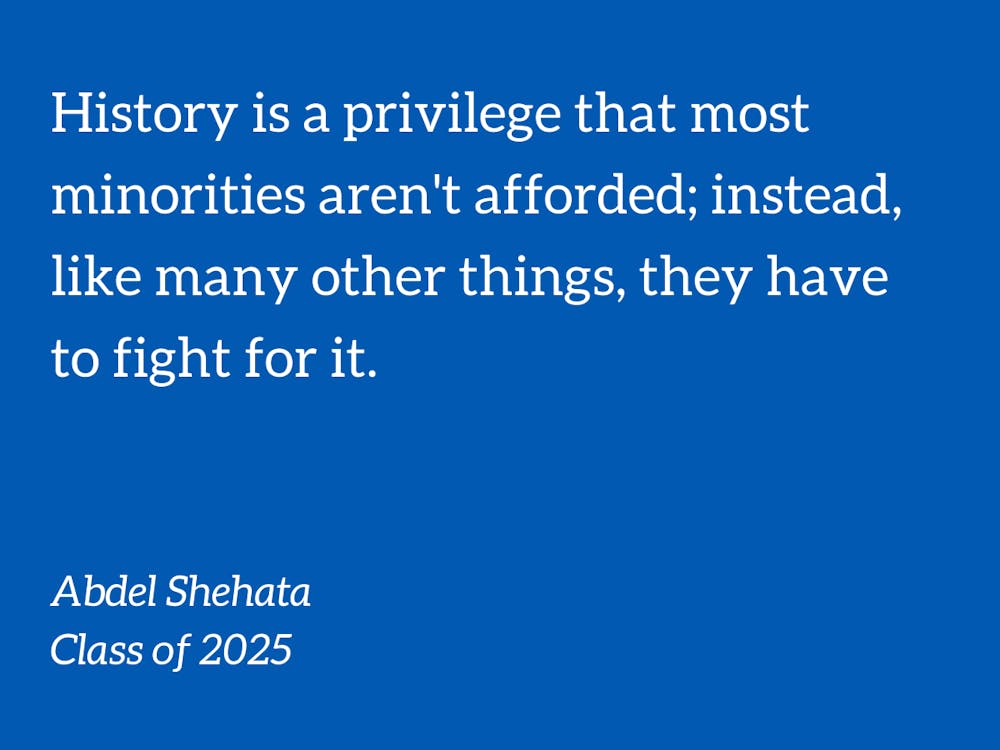Red and orange leaves falling from the trees, the sunrise shining through the thin clouds and the gothic architecture standing majestically: a picturesque scene gleams through the uncertainty of death. A scene that serves as a reminder that nothing is permanent. The trees might grow leaves again, but for the leaves this is the end of their storybook. A society, like a tree, might lose its members; nevertheless, it will keep resiliently treading on toward the future. Unlike leaves, humans exist both as a physical being as well as an idea. For all of us, our physical form will pass away but the idea of us will live on, through either our offspring or what we left behind. This is a fact best embodied by the place where we rest after we pass on: graves.
A grave anchors our abstract form to a location, where our loved ones can visit and recall our lives--it keeps our memory going. A graveyard, on the other hand, represents a collection of lives and ideas of the community, but more importantly it represents the history of the community.
History is a privilege that most minorities aren’t afforded; instead, like many other things, they have to fight for it. My day of service brought me to one of those battlegrounds: Geer Cemetery. Geer Cemetery was an African American Cemetery from 1876 to 1939; it was the first of its kind in Durham. Nonetheless, like many testaments to African American strength and perseverance, the graveyard was lost, retaken back by forestation. It wasn’t until 2004, when Keep Durham Beautiful and Friends of Geer Cemetery started reclaiming the cemetery from nature.
The battle to reclaim the cemetery is still ongoing today, outfitted with an army of volunteers hoping to keep the memory of the 1500 people buried there alive. On October 16th, I had the opportunity to work with this army of volunteers. My job wasn’t anything special: collecting trash and glass from the vicinity of the cemetery. Nevertheless, this mundane work felt much more rewarding than anything I have done in class. Other volunteers had different jobs like clearing branches and removing poison ivy, still we held a common goal in our hearts to let the memories and history of our community flourish. This motivation and passion culminates in the end when we get to hear about one of the people buried there at the end of our work.
Her name was Katie Lillian Brown. She was only 8 years old when she died, a few days after her sister, in July 1914, most likely from tuberculosis. Those two measly lines are sadly all we can confirm, and most of the subsequent information is just speculation. She might have been the child of Henry and Tena Jones Brown, but there is no birth certificate or record to confirm. We know more about Henry and Tena Jones Brown, but for Katie this is all we know. This lack of information reflects the difficulty of preserving and recovering history, but it also provides a goal. There is one piece of information about Katie that we are sure of, and it’s located on her headstone: that she is “gone but not forgotten”.
After fall and winter comes spring and summer. The past is succeeded by the present and the future. Thus, we not only have to remember the seasons of the past but also plan for the future. In other words, we have to create a sustainable present. Keep Durham Beautiful aims to do this in Durham by keeping our community green and clean through collecting trash, recycling and planting trees. Keeping our community green and clean will help us create positive memories of our community while also giving the opportunity for the next generation to enjoy the greenery of our community. This will in turn leave the memory of our generation as the generation that learned from the mistakes of the past.
If you are interested in preserving history and learning more about Friends of Geer cemetery, you can do so by visiting their website. On the other hand, if you are interested in ratifying the mistakes of the past, and creating a sustainable future, you can do so by learning about and volunteering at Keep Durham Beautiful at their website.
Abdel Shehata is a Trinity first-year. His column runs on alternate Thursdays.
Get The Chronicle straight to your inbox
Signup for our weekly newsletter. Cancel at any time.

